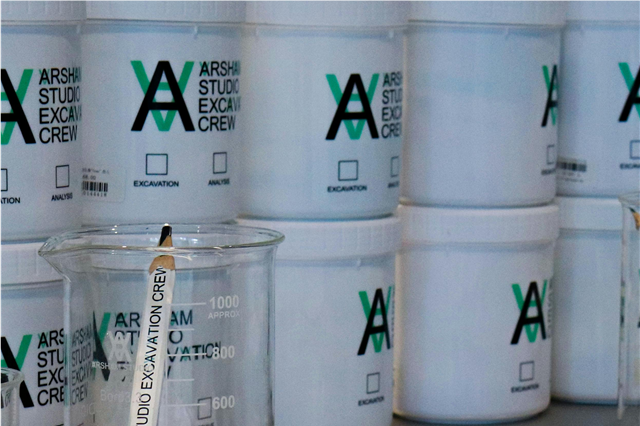
How is laboratory equipment used in biological research and studies?
From unraveling the mysteries of DNA to discovering life-saving medications, biological research has revolutionized our understanding of life itself. But behind every groundbreaking discovery lies a sophisticated arsenal of laboratory equipment that makes modern biology possible. Let's explore how these incredible tools power the science that shapes our world!
The Microscopic Marvels That Changed Everything
1. Microscopes: Windows to the Invisible World
Did you know that Antonie van Leeuwenhoek's homemade microscopes in the 1670s were so powerful that he was the first person to observe bacteria, sperm cells, and blood flow? Modern optical microscopes can magnify objects up to 1,000 times, while electron microscopes can reveal details 100,000 times smaller than what the human eye can see. These instruments have been instrumental in everything from cancer research to understanding how viruses work.
2. PCR Machines: Biological Copy Machines
The Polymerase Chain Reaction (PCR) machine can create millions of copies of DNA segments in just a few hours. This Nobel Prize-winning technology is so sensitive that it can identify genetic material from a single hair follicle or detect infectious diseases within hours. It's the backbone of everything from crime scene investigations to COVID-19 testing.
Essential Equipment Powering Biological Breakthroughs
3. Centrifuges: The Spinning Scientists
These high-speed rotors can spin samples at over 100,000 rotations per minute, separating components by density. Ultracentrifuges are so powerful they can isolate individual proteins and separate different types of nucleic acids. Without centrifuges, we wouldn't have many of our life-saving medications or understanding of cellular components.
4. Incubators: Creating Life's Perfect Environment
CO2 incubators maintain precise temperature, humidity, and gas concentrations to help cells grow optimally. These climate-controlled chambers are essential for everything from vaccine development to cancer research. Some incubators can even simulate extreme conditions found in deep-sea vents or outer space!
5. Spectrophotometers: The Color Scientists
These instruments measure how much light biological samples absorb, helping researchers determine concentrations of proteins, DNA, and other biomolecules. Some advanced models can analyze samples in real-time, providing continuous data during experiments that last for days.
Advanced Tools Pushing Scientific Boundaries
6. Flow Cytometers: Cell Sorting Superheroes
Imagine analyzing thousands of cells per second, sorting them based on specific characteristics, and separating rare cell types from millions of others. Flow cytometers do exactly this, making possible breakthroughs in immunology, cancer research, and stem cell therapy.
7. Mass Spectrometers: Molecular Fingerprint Scanners
These sophisticated instruments can identify and quantify thousands of different molecules in a single sample. In proteomics research, mass spectrometers can analyze entire protein networks within cells, revolutionizing our understanding of diseases and drug interactions.
8. Chromatography Systems: The Ultimate Separators
From High-Performance Liquid Chromatography (HPLC) to Gas Chromatography (GC), these systems separate complex mixtures into individual components. They're essential for drug development, environmental monitoring, and food safety testing.
Life-Saving Applications in Modern Research
9. Automated Liquid Handlers: Precision Robotics
These robotic systems can pipette nanoliter volumes with incredible accuracy, performing hundreds of reactions simultaneously. They're crucial for drug screening, genetic testing, and large-scale biological studies where human error could be catastrophic.
10. Real-Time PCR Systems: Molecular Movie Makers
Unlike traditional PCR, real-time PCR systems can monitor DNA amplification as it happens, providing quantitative data about gene expression. This technology has been vital in understanding how genes respond to diseases, treatments, and environmental changes.
11. Cell Culture Systems: Life in a Box
Specialized bioreactors and cell culture systems can maintain living cells for months or even years, allowing researchers to study long-term effects of drugs, toxins, and genetic modifications. Some systems can even simulate organ functions outside the body.
Cutting-Edge Innovations Changing Biology
12. CRISPR Equipment: Genetic Surgery Tools
While CRISPR is famous as "gene scissors," the actual process requires sophisticated equipment for designing guide RNAs, delivering gene-editing machinery into cells, and verifying modifications. These tools have made genome editing accessible to thousands of labs worldwide.
13. Microfluidics Devices: Lab-on-a-Chip Technology
These miniature systems can perform complex biological assays using samples smaller than a raindrop. They're revolutionizing point-of-care diagnostics and enabling biological research in space, remote locations, and resource-limited settings.
14. Advanced Imaging Systems: 4D Biology
Modern confocal microscopes and live-cell imaging systems can track biological processes in three dimensions over time, creating four-dimensional movies of cellular activities. Researchers can now watch proteins move within living cells and observe developmental processes in real-time.
15. Biosafety Equipment: Protecting Researchers and Samples
Biological safety cabinets, autoclaves, and containment equipment ensure that dangerous pathogens don't escape while protecting researchers from exposure. These systems make possible the study of deadly viruses and bacteria that have led to life-saving vaccines and treatments.
The Future is Now: Next-Generation Equipment
Today's biological research equipment is becoming increasingly automated, connected, and intelligent. Artificial intelligence now assists in image analysis, machine learning algorithms predict experimental outcomes, and cloud-based platforms enable worldwide collaboration on massive biological datasets.
From the humble beginnings of simple microscopes to today's sophisticated analytical instruments, laboratory equipment continues to expand what's possible in biological research. Each technological advancement opens new doors to understanding life's complexities, leading to better treatments, improved diagnostics, and groundbreaking discoveries that benefit humanity.
The next time you hear about a medical breakthrough or biological discovery, remember that behind that moment of revelation was likely a suite of sophisticated laboratory equipment, quietly working to unravel the mysteries of life itself.
Keywords: laboratory equipment, biological research, scientific instruments, biology studies, research tools, laboratory technology, biological equipment, scientific research equipment, biology laboratory, research methodology
Meta Description: Discover how laboratory equipment powers biological research! From microscopes to PCR machines, learn about 15 fascinating tools that make modern biology possible and have led to groundbreaking discoveries in medicine and science.


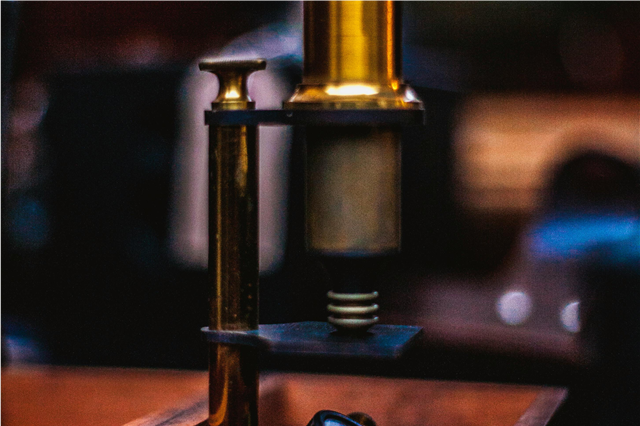
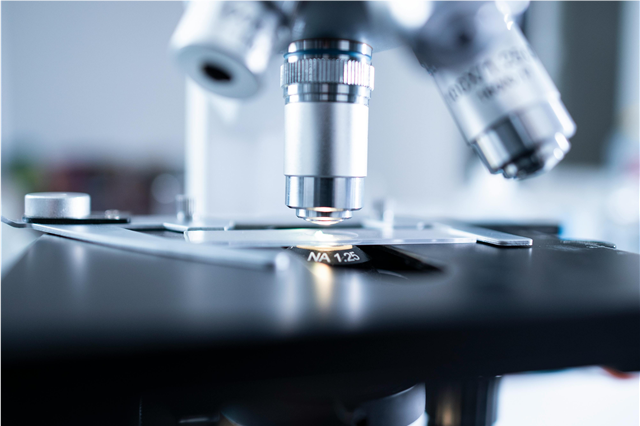
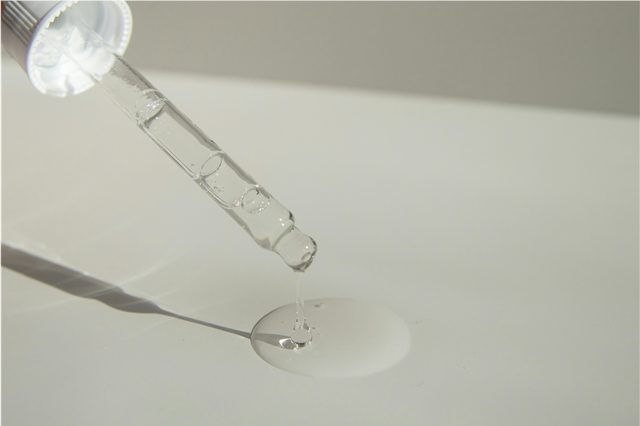
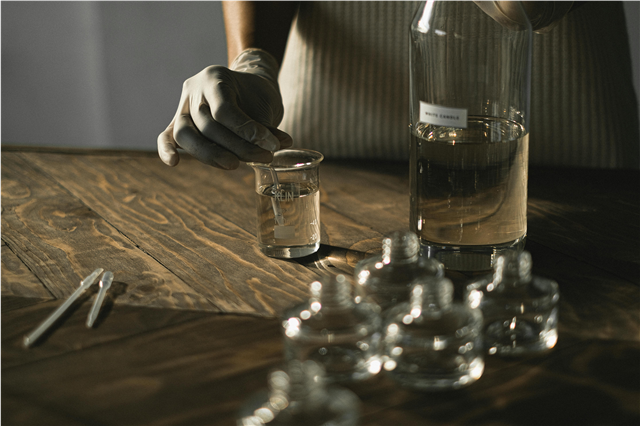
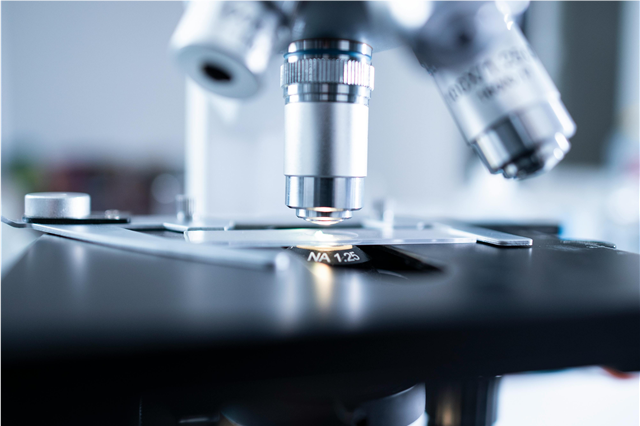
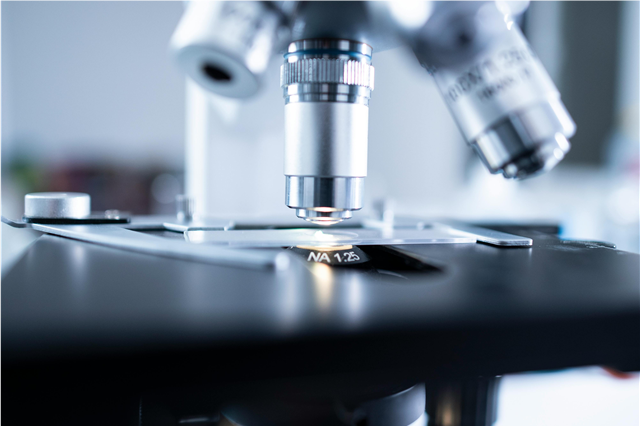







Post Comment